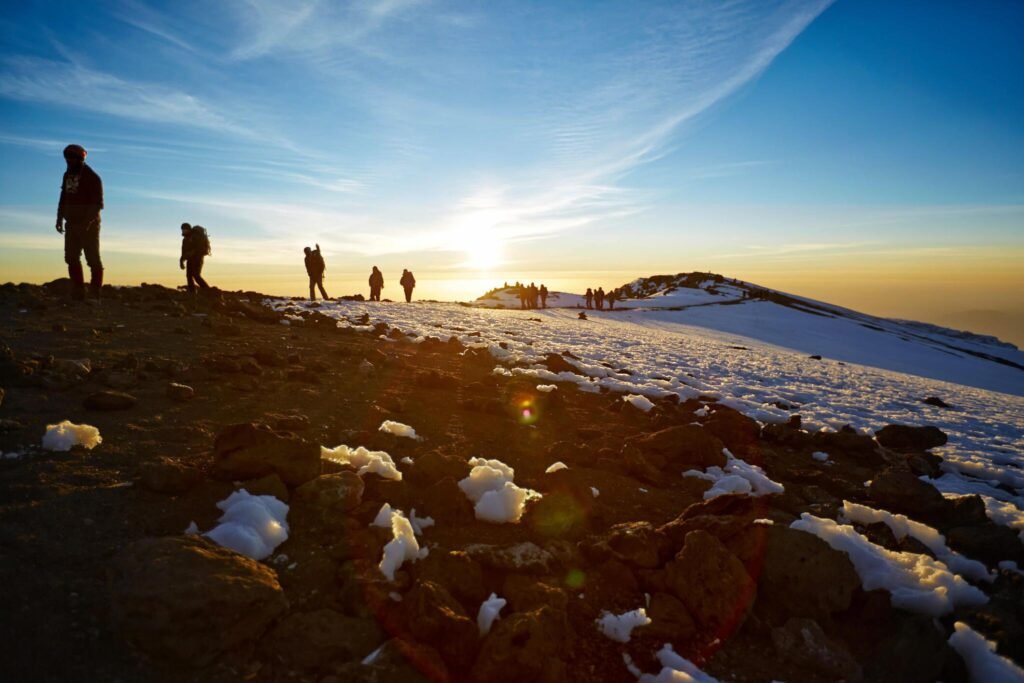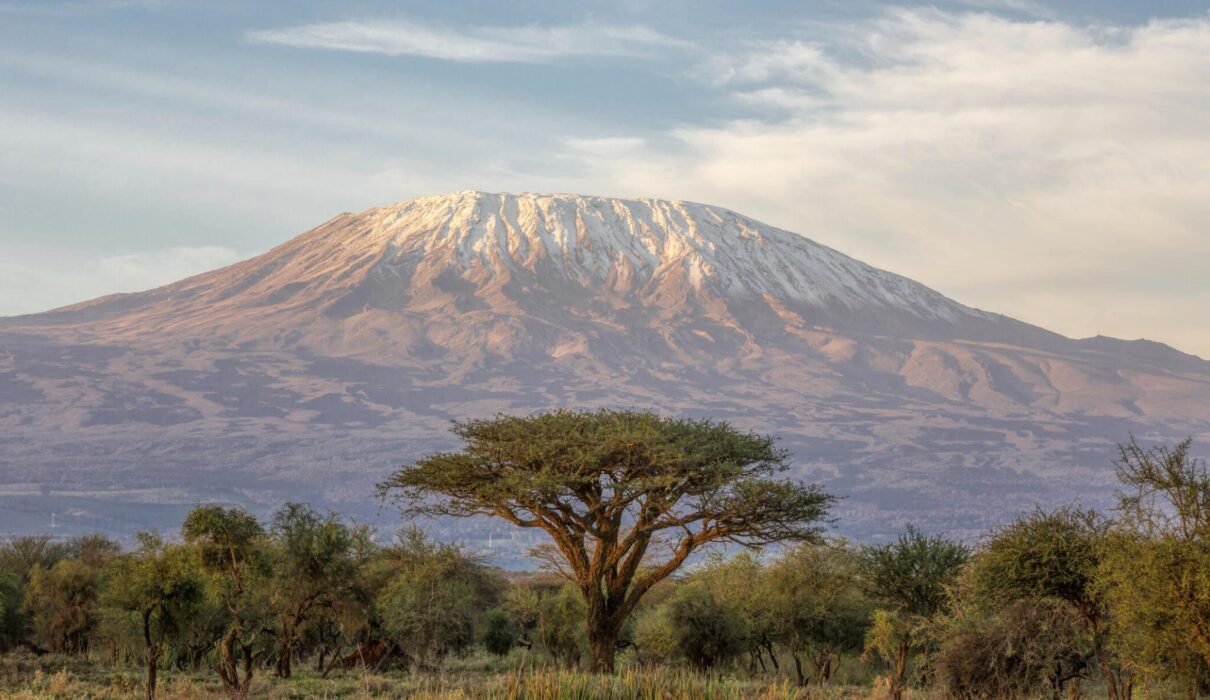Conquering Kilimanjaro: A Comprehensive Climbing Guide
Towering over Tanzania, Mount Kilimanjaro, the “Roof of Africa,” is a dream destination for many trekkers. While not technically challenging, scaling this 5,895-meter (19,341-foot) giant demands physical and mental preparation. This guide equips you with the essential information to embark on this remarkable adventure.
Choosing Your Route:
Several established routes lead to the summit, each offering unique experiences and challenges:
- Machame Route: Popular for its scenic beauty and diverse landscapes, this moderately challenging route is ideal for first-timers.
- Lemosho Route: Offering a longer and more remote experience, the Lemosho Route allows for better acclimatization and boasts stunning scenery.
- Rongai Route: Situated on the drier side of Kilimanjaro, this route offers a unique perspective and is generally less crowded.
- Marangu Route: The shortest and most straightforward option, it’s known as the “Coca-Cola Route” due to its less remote nature. However, the lack of diverse landscapes and higher potential for crowds makes it less popular for some.

Planning and Preparation:
- Fitness: Regular training focusing on cardiovascular endurance and strength is crucial for success. Aim to hike with a full backpack for several months beforehand, gradually increasing distance and difficulty.
- Gear: Invest in good quality hiking boots, warm clothing for high altitudes (including gloves, hat, and thermal layers), and rain gear. Trekking poles are highly recommended for stability and support.
- Permits and Regulations: Obtain climbing permits well in advance, as they can be limited. Familiarize yourself with Tanzania’s national park regulations and responsible trekking practices.
Understanding Acclimatization:
Altitude sickness poses a significant risk on Kilimanjaro due to the rapid decrease in oxygen levels. Gradual acclimatization allows your body to adjust and increases your chances of summit success. Most routes incorporate rest days and strategic ascents to facilitate this process.
Choosing a Tour Operator:
A reputable tour operator provides expertise, support, and ensures a safe and enjoyable experience. Look for companies with:
- Experienced and certified guides: Their knowledge of the mountain and ability to handle emergencies are crucial.
- Comprehensive support: This includes assistance with permits, park fees, porters, top-quality equipment, and nutritious meals.
- Focus on responsible tourism: Choose companies that treat porters fairly, minimize environmental impact, and support local communities.
The Summit Push and Beyond:
Summit day is often the most challenging, requiring determination and perseverance. Be prepared for cold temperatures, strong winds, and potential altitude sickness symptoms. Listen to your guides and descend immediately if you experience any discomfort.
Beyond the Climb:
Climbing Kilimanjaro is not just a physical feat; it’s a journey of self-discovery and connection with nature. Embrace the diverse landscapes, immerse yourself in the local culture, and cherish the sense of accomplishment upon reaching the summit.
Remember:
- Thorough preparation, both physically and mentally, is crucial for a successful and enjoyable climb.
- Choose the right route and tour operator that aligns with your experience and preferences.
- Prioritize responsible tourism practices to ensure a positive impact on the mountain and its communities.
With meticulous planning, dedication, and the right guidance, scaling the “Roof of Africa” can be an unforgettable and transformative experience.

